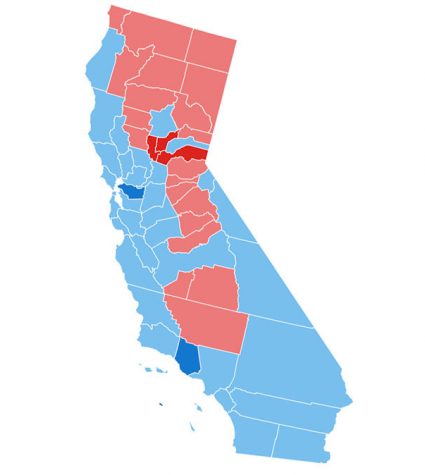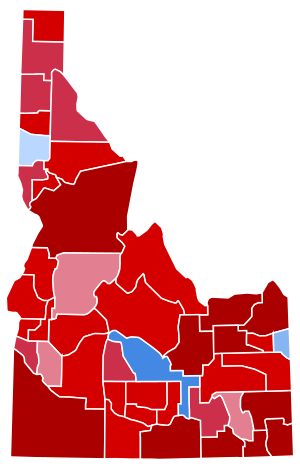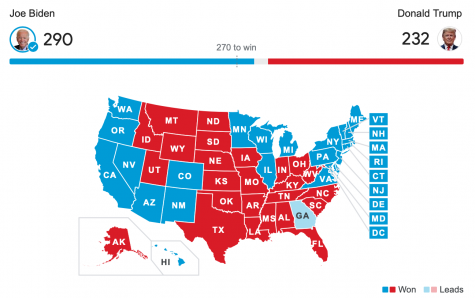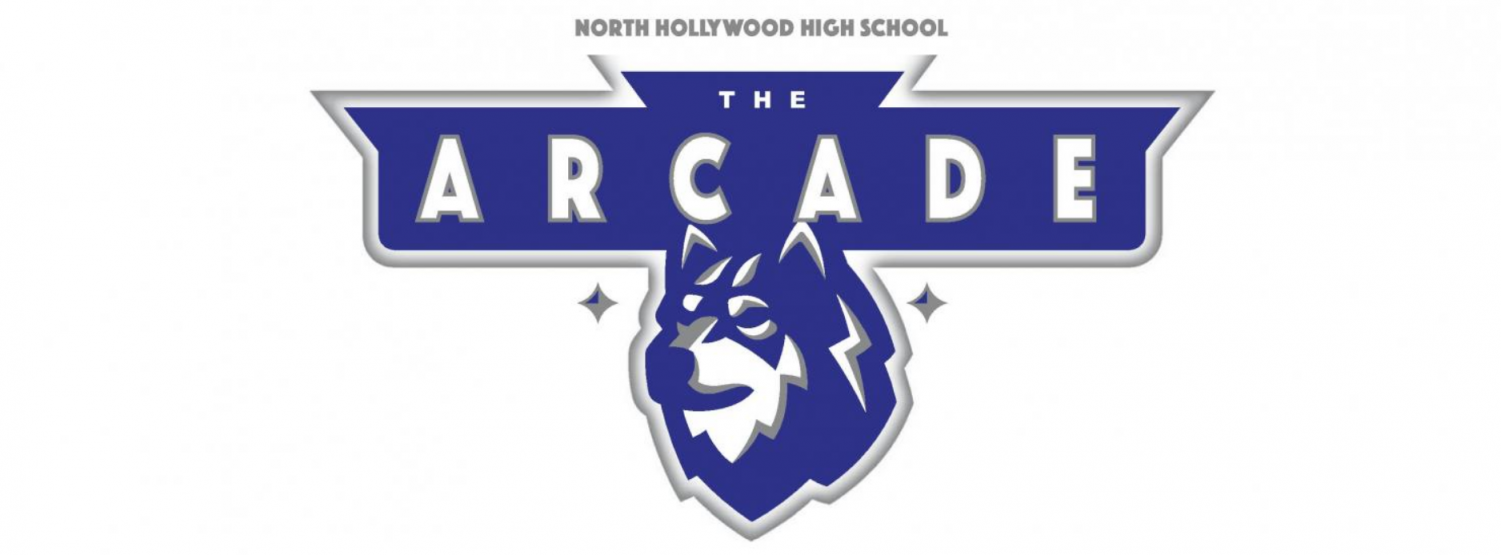Urban vs. Rural Voter Demographic
The average American’s routine is, on the surface, indistinguishable during election week. It is spent googling the results of prospective candidates as more and more votes are tallied, switching between FOX and CNN news to see if the politically-opposing channels are in electoral agreement, and occasionally checking the president’s Twitter for new allegations about the voting process.
While digging deeper into regional voter demographics through online news outlets—be it the New York Times or DecisionDeskHQ—one may begin to notice that despite the seas of red that wash over the nation’s land, the election is either party’s game.

The reason for the overwhelming number of red counties is quite simple: urban counties are denser and lean Democratic.
Additionally, rural counties, which occur in higher frequencies, lean Republican. For instance, Oregon presents itself as a blue state with only 10 of its 36 counties leaning left, demonstrating the extent to which compact urban areas can influence the electoral race
California presents itself as one of the said extremities in terms of states that lean left. It consists of many dense cities, (notably, Los Angeles, which constitutes nearly half of California and generally votes 70% Democratic) that account for its historically blue status.
Consequently, urban schools such as North Hollywood High School have a large preference for Democratic candidates when it comes to the electoral race—a preference that is even higher than the state’s ~68% average.
Two polls conducted at North Hollywood High School (both with sample sizes of 75+ students) confirm this conclusion, as around 87% of NHHS students are observed to prefer Biden over Trump. And because of both NHHS’s large POC demographic in coalition with its urban locality, the statistic is not a particularly shocking one.
Catherine Rubio, an Ecuadorian student studying at North Hollywood High School, contends that “Although there is a suspiciously large disparity regarding political parties in NHHS, the poll results are quite predictable. Many of the
students who go here are Hispanic, like me, and so most of the time our views on policies like immigration align directly with the Democratic party; however, this doesn’t always apply. There are still countless political and social flaws seen by both parties, yet, I still would’ve voted for Biden in this election.”
Likewise, an anonymous Republican senior at NHHS seems to agree, stating that “The poll results look accurate, at least, taking into account personal experience. I don’t openly express my views because of the large political contrast at our school, but then again, as most of them are based mostly on religion and innate family values, the personal differences between me and others don’t ever seem to be much of a big deal.”

Rural counties, on the other hand, in states such as Idaho and South Carolina, consistently lean Republican.
Polls conducted in Boise County, Idaho as well as Cherokee County, South Carolina high schools reflect the rural voter turnout in their states. The Cherokee County poll indicated a 56% Republican turnout while the poll in Boise County, which is typically right-leaning, indicated a 58% Republican turnout (with among over 60 Gen-Z voters). Idaho’s results denote a future decrease in Republican votes as younger generations become increasingly liberal.
As urban areas become denser, and as the generational gap becomes more polarized in terms of social values, America will see a left-leaning wave across rural areas.
As this can be seen in the most recent election, Biden’s win was likely a cause of higher liberal turnout in rural and urban areas, a shift that is expected to continue in future elections.

Your donation will support the student journalists of North Hollywood High School. Your contribution will allow us to purchase equipment and cover our annual website hosting costs.

